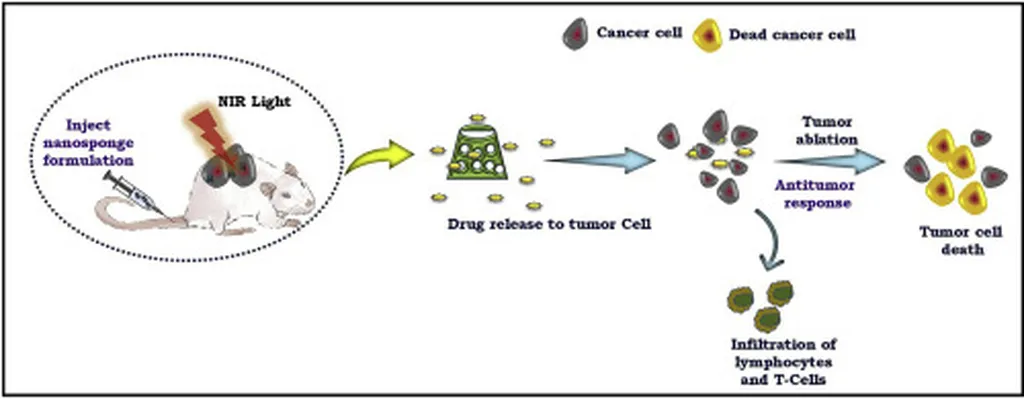In the heart of Tehran, researchers have been cooking up something extraordinary in the realm of materials science, and it could very well revolutionize the way we tackle water pollution and energy challenges. Elham Bastani, leading a team at the Advanced Porous Materials and Energy Technology (APMET) Research Lab in the Department of Chemistry at Iran University of Science and Technology, has synthesized a novel material that could be a game-changer in catalysis.
Imagine a sponge, but not the kind you’d find in your kitchen. This is a highly ordered, nanoscale sponge with a unique chemical makeup, rich in sulfur and nitrogen, and brimming with tiny pores. This isn’t just any sponge; it’s a periodic mesoporous organosilica (PMO) material, dubbed TdTc-PMO, containing thiadiazole and thiocarbamate bridges within its pore walls. “It’s like a bustling city,” Bastani explains, “with streets (mesochannels) and buildings (pore walls) that can host tiny guests (nanoparticles).”
The real magic happens when they invite palladium nanoparticles (PdNPs) into this nanoscale city. These nanoparticles find a cozy home within the mesochannels, creating a heterogeneous catalyst that’s remarkably efficient. In tests, this new material showed outstanding catalytic activity in reducing 4-nitrophenol, a common water pollutant. This isn’t just about cleaning up water, though. The implications for the energy sector are substantial.
Catalysts are the unsung heroes of many energy processes, from refining petroleum to producing hydrogen fuel. More efficient catalysts mean more sustainable and cost-effective energy solutions. “This material could open up new avenues in catalysis,” Bastani suggests, “not just for environmental remediation, but also in energy conversion and storage.”
The research, published in the journal ‘Applied Surface Science Advances’ (which translates to ‘Advances in Surface Science Applications’), highlights the potential of these hybrid porous materials. The high surface area and ordered nanostructure of TdTc-PMO could pave the way for more efficient, sustainable technologies.
As we grapple with global challenges like climate change and water scarcity, innovations like these offer a glimmer of hope. They remind us that sometimes, the tiniest of solutions can have the most significant impacts. And in the case of Bastani’s team, it’s not just about thinking small—it’s about thinking nano.

